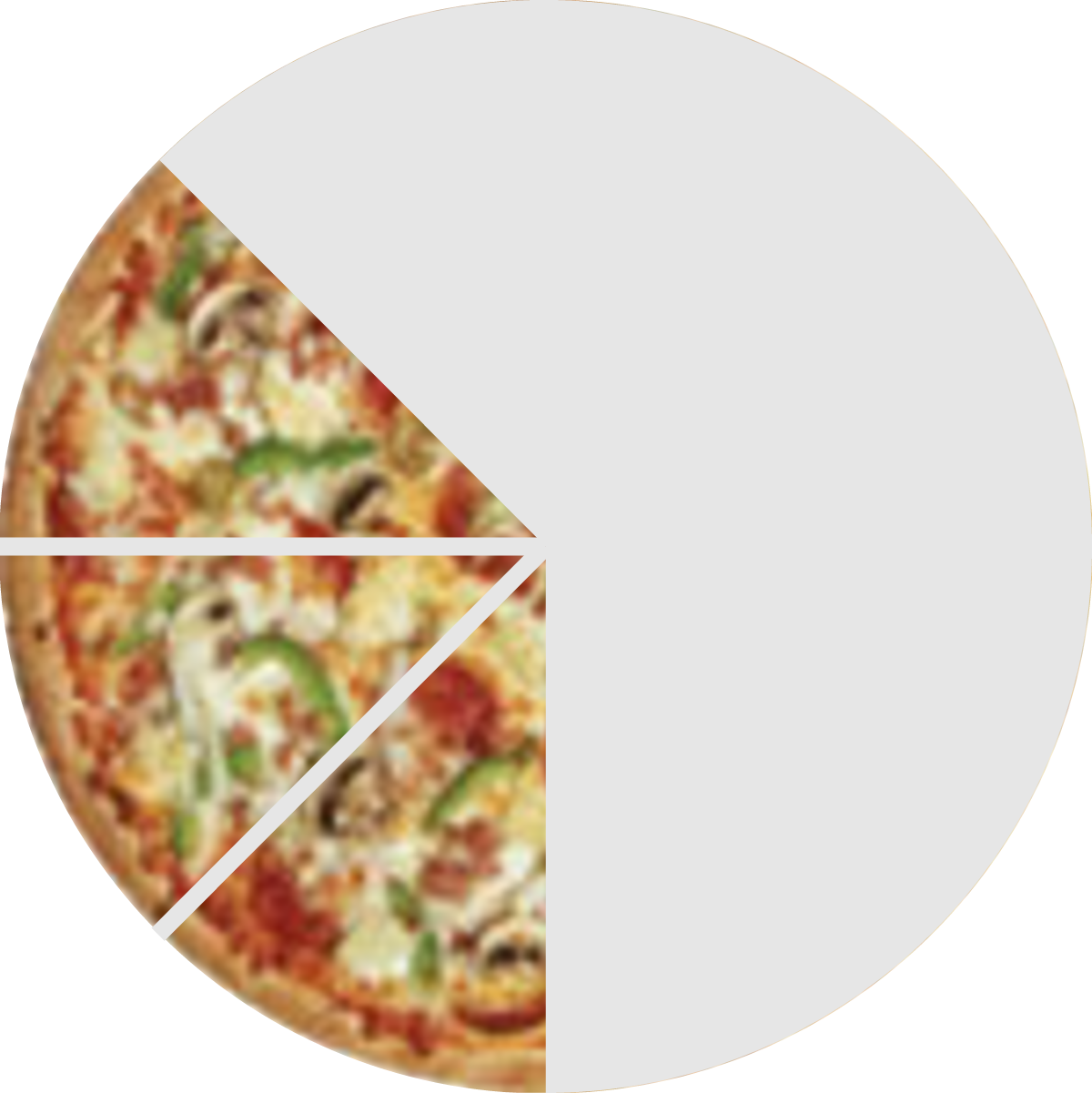Thank you all for the help
You're welcome. Four different approaches to solve the exercise appear in this thread, so far. My guess-and-check method uses arithmetic. Once we realize that the beginning number of eggs must be divisible by 5 and 7, we start guessing -- knowing that the beginning number of eggs must be a multiple of 35. Eventually, we would try checking 12×35 (which is 420). Here's how the check goes:
1/5th of 420 eggs were used on Monday, so 4/5ths of 420 eggs remain.
\(\displaystyle \dfrac{4}{5} × \dfrac{420}{1} \;\; = \;\; \dfrac{4}{\cancel{5}_{1}} × \dfrac{\cancel{420}^{84}}{1} \;\; = \;\; \dfrac{4×84}{1×1} \; = \; \dfrac{336}{1} \; = \; 336\)
336 eggs remain, at the end of Monday.
1/7th of
those eggs were used on Tuesday, so 6/7ths of 336 eggs remain, at the end of Tuesday.
\(\displaystyle \dfrac{6}{7} × \dfrac{336}{1} \;\; = \;\; \dfrac{6}{\cancel{7}_{1}} × \dfrac{\cancel{336}^{48}}{1} \;\; = \;\; \dfrac{6×48}{1×1} \; = \; \dfrac{288}{1} \; = \; 228\)
288 eggs remain, at the end of Tuesday.
Now, we know from the given information that there's 132 less eggs remaining on Tuesday than the starting number on Monday. So we check, to see whether adding 132 eggs to those remaining on Tuesday gives us the starting number.
\(\displaystyle 288 + 132 = 420\)
It checks! The answer must be 420 eggs.
You may have noticed that Denis did his arithmetic a different way. If 1/5th of 420 eggs is used, we could find the remaining number of eggs by (1) calculating 1/5th of 420 and (2) subtracting that amount from 420.
(1) 1/5th of 420 is: \(\displaystyle \dfrac{1}{5} \times \dfrac{420}{1} = 84\)
(2) We subtract, to find what's left of 420, after 1/5th has been used: \(\displaystyle 420 - 84 = 336\)
See how that works? Subtracting 1/5th from 420 gives the same result as taking 4/5ths of 420. That's because the "whole" (in terms of fifths) can be viewed as five fifths, or 5/5.
5/5 - 1/5 = 4/5 left over. Cheers!
EDIT: Changed "Subtracting 1/5th of 420" to "Subtracting 1/5th from 420"
?

